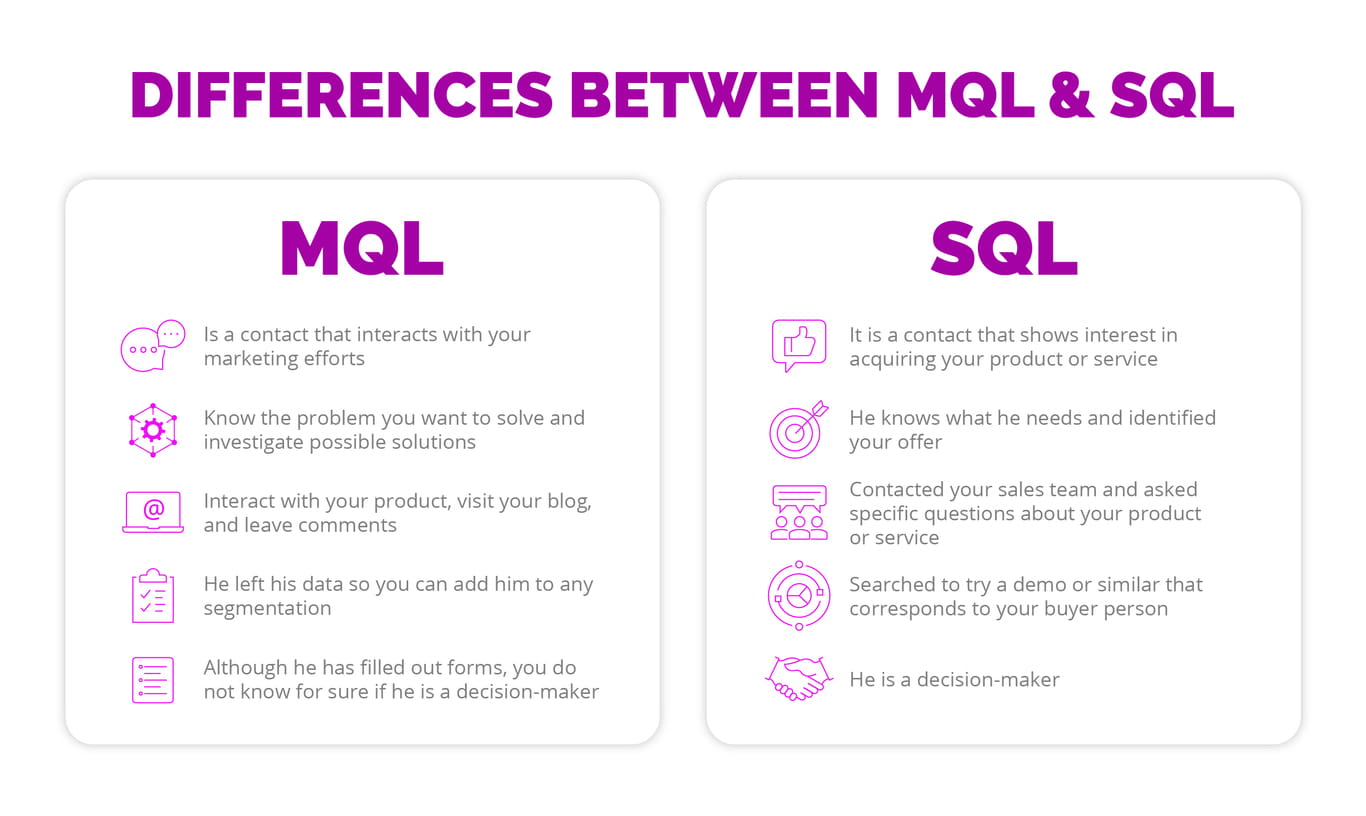Learn how you can create a marketing campaign using AI
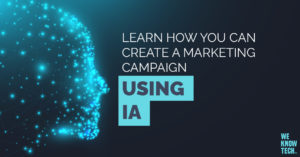
Artificial intelligence has great potential to revolutionize many areas and marketing is one of the most promising. Along with other trends such as omnichannel, AI-driven marketing is one of the most effective bets for companies to ensure that they remain relevant for years to come. The application of artificial intelligence is being particularly intense, allowing disciplines such as loyalty marketing and relationship marketing to be taken to new levels.
Today, marketing professionals are already taking advantage of Artificial Intelligence technology for their business strategies. According to a recent report by Hubspot, more than 80% of industry experts use some form of AI in their online activities, in addition to mentioning advertising as one of the main application examples. The market for AI in Marketing is estimated at US$15.84 billion, with a projection to reach more than US$107.5 billion by 2028.
In this scenario, it makes sense that companies find different challenges when implementing AI in the development of a marketing campaign. Here are some of them to take into account:

The effective implementation of AI requires experience and specialized knowledge in the field. Companies may not have internal staff with AI expertise, which can make it difficult to understand algorithms.

AI is data-driven, so one of the main challenges is making sure you have access to quality and relevant data.

AI is a constantly evolving field, and keeping up with advances and changes can be challenging.

Although AI can provide powerful analysis and results, correctly interpreting those results can be tricky. AI can generate patterns and correlations, but it is important to understand the context and relevance of these findings. It is necessary to have marketing professionals who are able to analyze and use the results of AI effectively to make informed and strategic decisions.
Artificial Intelligence will have an impact in the marketing area since it will be able to segment audiences, manage advertising campaigns and efficiently build strategies. Under this paradigm, marketing professionals play a key role in the effective implementation of AI-based solutions, especially in information analysis, brand identity recognition, data interpretation, monitoring results for continuous improvement, among others.
With the optimal development of the campaign you can achieve effective personalization, which thanks to artificial intelligence allows you to analyze large volumes of customer data and generate detailed profiles. Likewise, AI algorithms can identify more precise and relevant customer segments and thus perform real-time monitoring and analysis of the results of marketing campaigns.
In this context let’s see 7 key points to take into account when building an optimal marketing campaign using AI:

Clearly define the goals of your marketing campaign. For example, you need to be able to increase brand awareness, generate leads or increase sales. A useful tool in this context is Acquisio, since it helps to establish clear goals, which will allow you to measure the success of your campaign, since it is a results marketing platform that will optimize search and social display campaigns and obtain maximum performance from local search campaigns.

To get the most out of AI, you will need data analysis tools. These tools will help you identify patterns, trends, and customer segments relevant to your campaign. Some popular options include Google Analytics, Salesforce CRM, and Adobe Analytics.
Using the information collected and analyzed, create detailed profiles of your target customers. These profiles will help you better understand your audience and personalize your marketing messages and strategies. With tools like Twilio Segment you can leverage customer data to fuel personalized communications across all channels.
AI is driven by data, so it’s essential that you collect and organize all the data relevant to your campaign. This may include demographic data, customer behavior data, social media data, past transaction data, etc.
Use AI techniques, such as machine learning and natural language processing (NLP), to analyze your data and obtain useful information. You can use machine learning algorithms to predict customer behavior, identify similar customer segments, or personalize your marketing messages.
AI is a constantly evolving process. As you collect more data and learn more about your audience, you can adjust and optimize your campaigns.
Use marketing automation tools to implement your AI-based strategies. These tools will allow you to send personalized messages, track leads, schedule social media posts, and measure the performance of your campaigns.
Remember that a successful implementation of an AI-based marketing campaign requires time, effort, and adequate resources. It is also important to consider privacy and ethics when using customer data.
At Isource marketing, we believe that AI is a powerful tool to help our clients and prospects achieve their goals. By leveraging the capabilities of AI, we are able to deliver precise targeting and personalization, efficient automation, deep data analysis, and continuous optimization. By strategically embracing AI, we can deliver innovative and effective solutions that drive our clients’ success in the world of marketing.

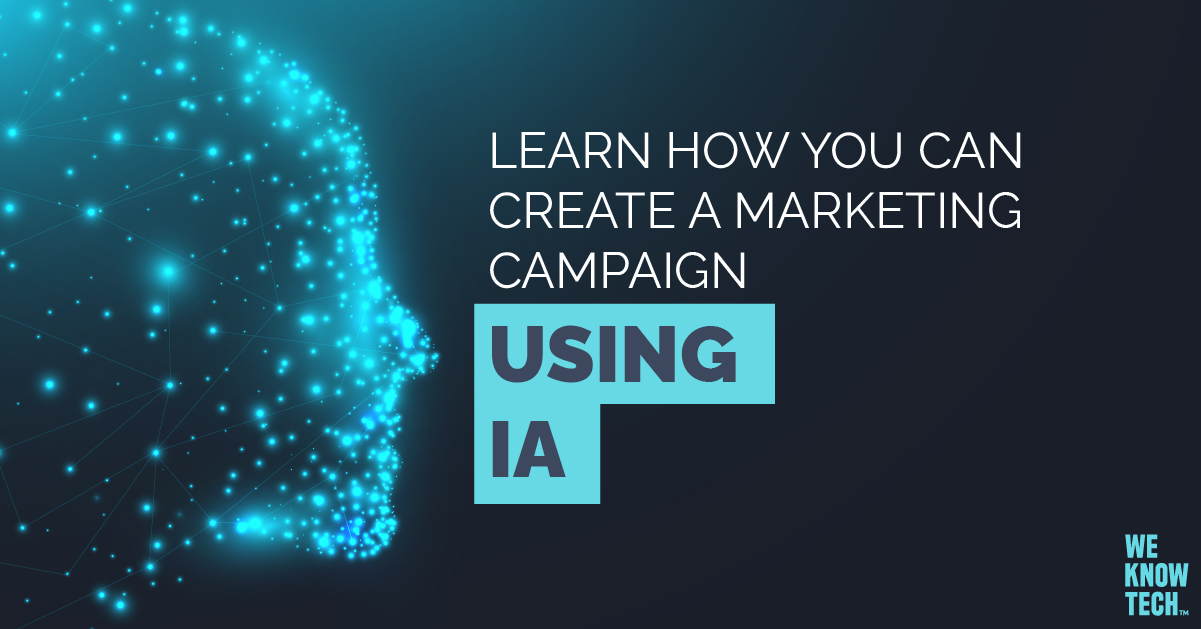






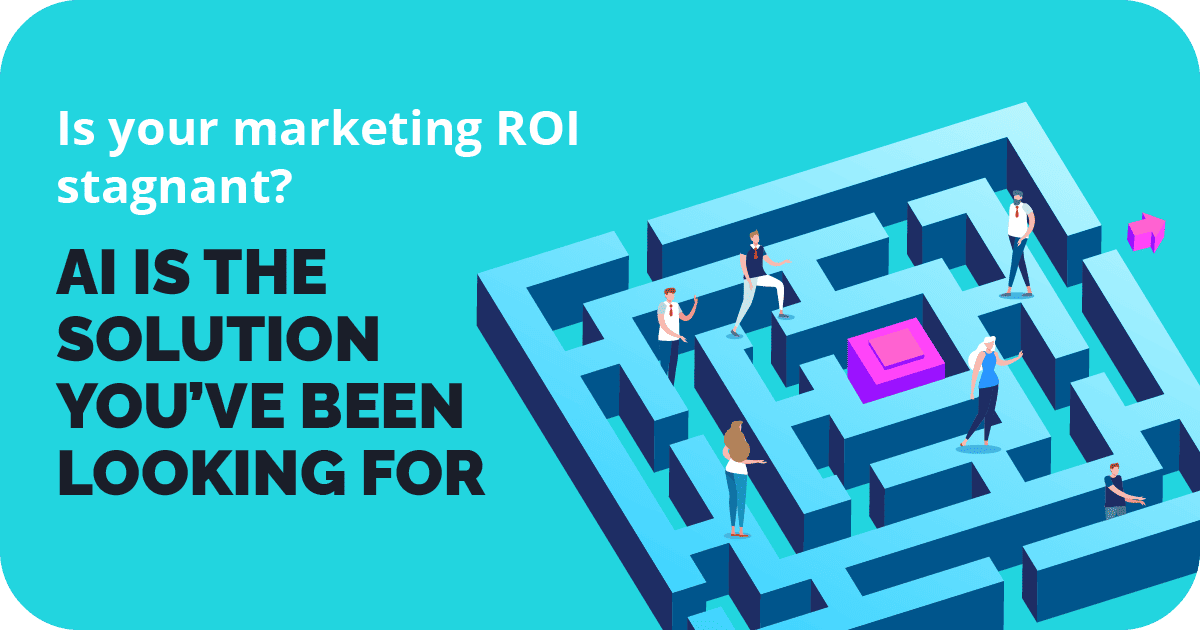
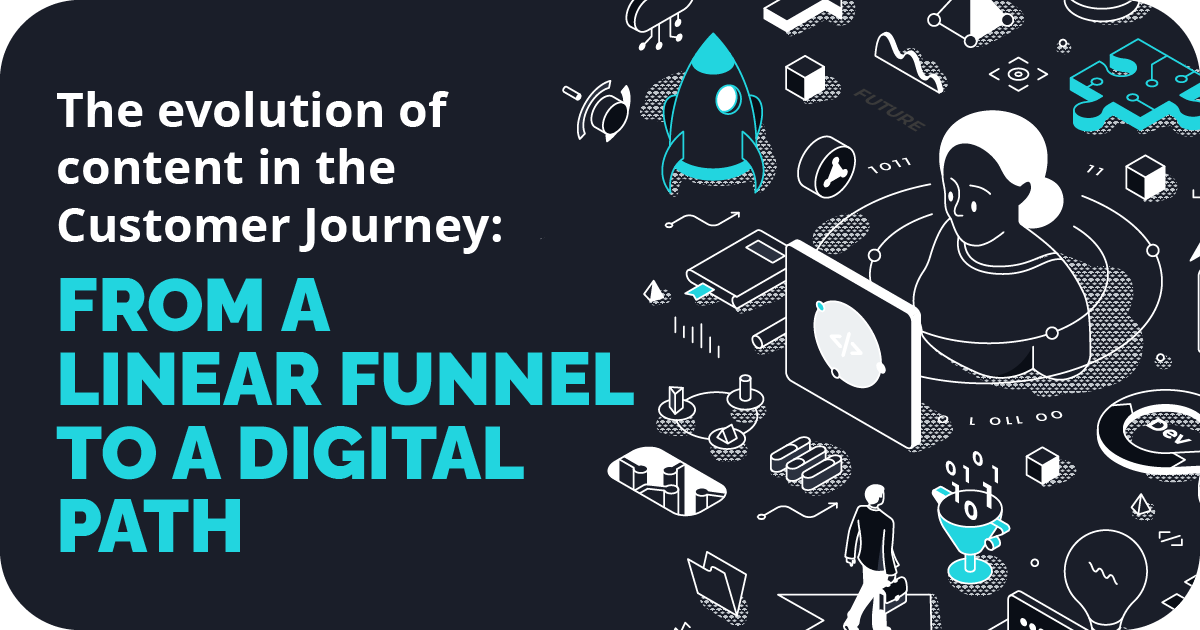
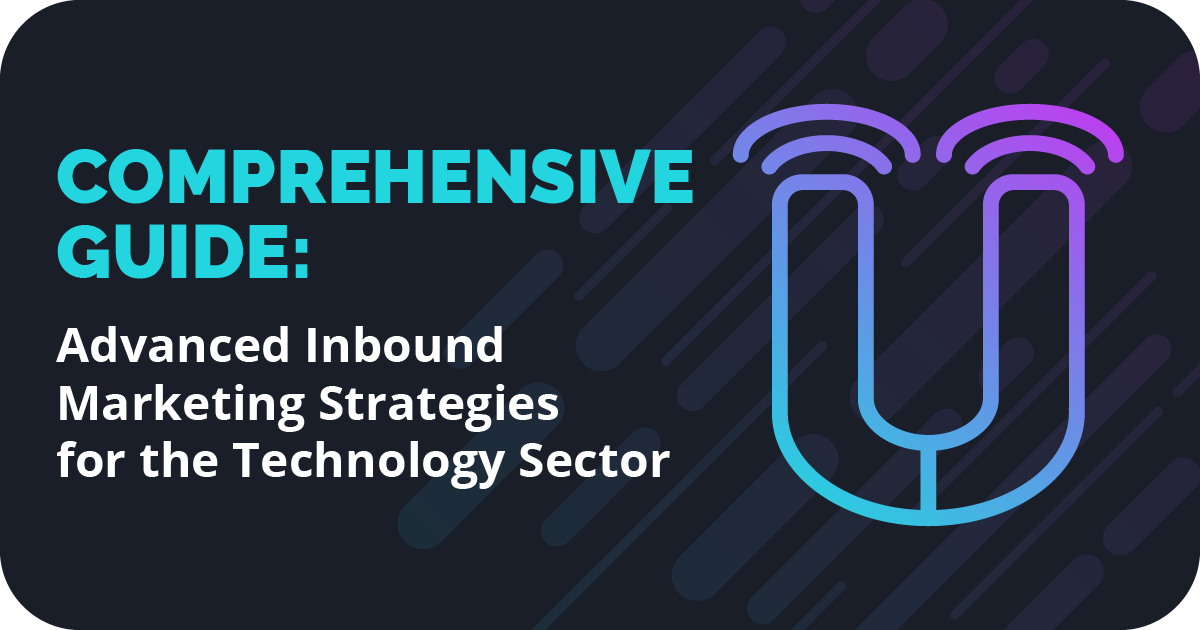
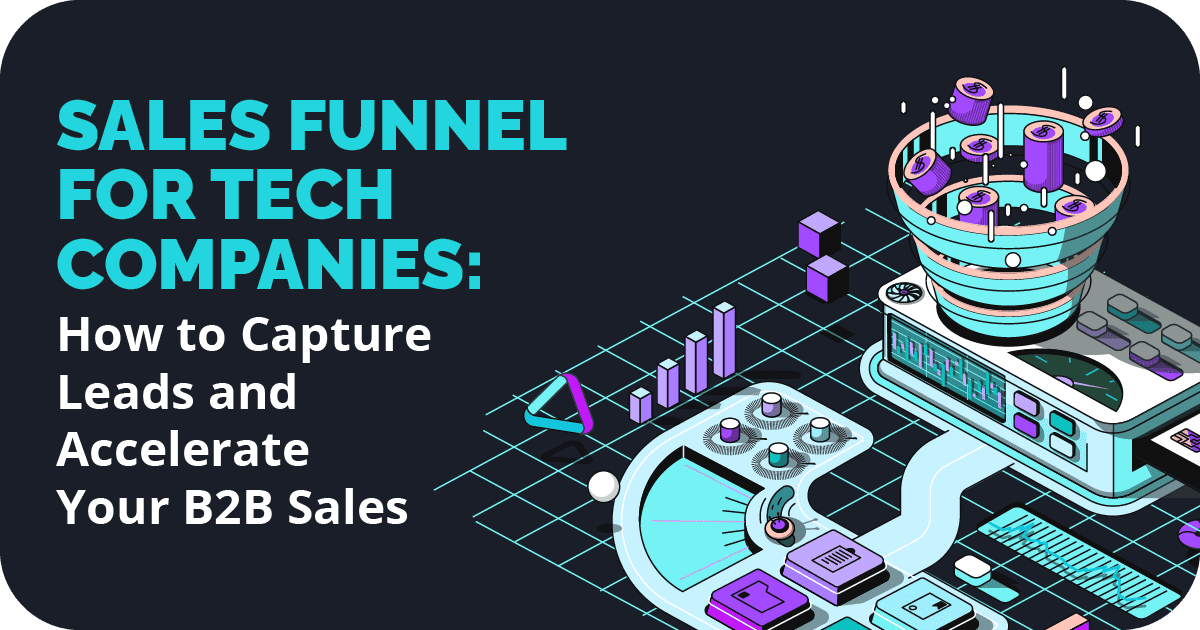
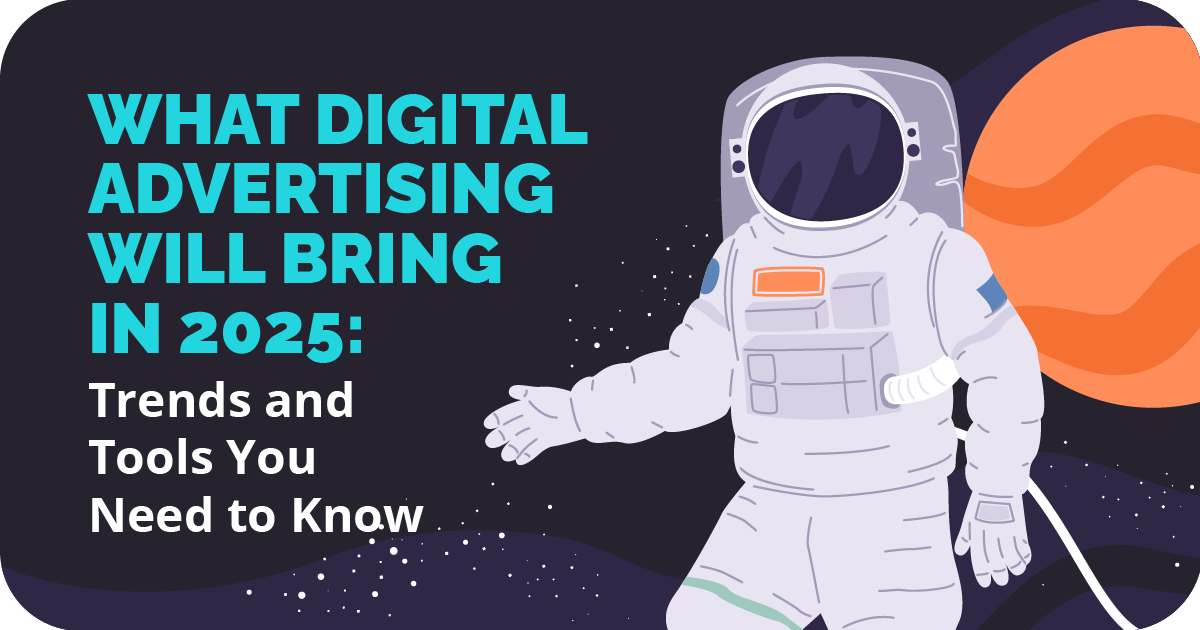
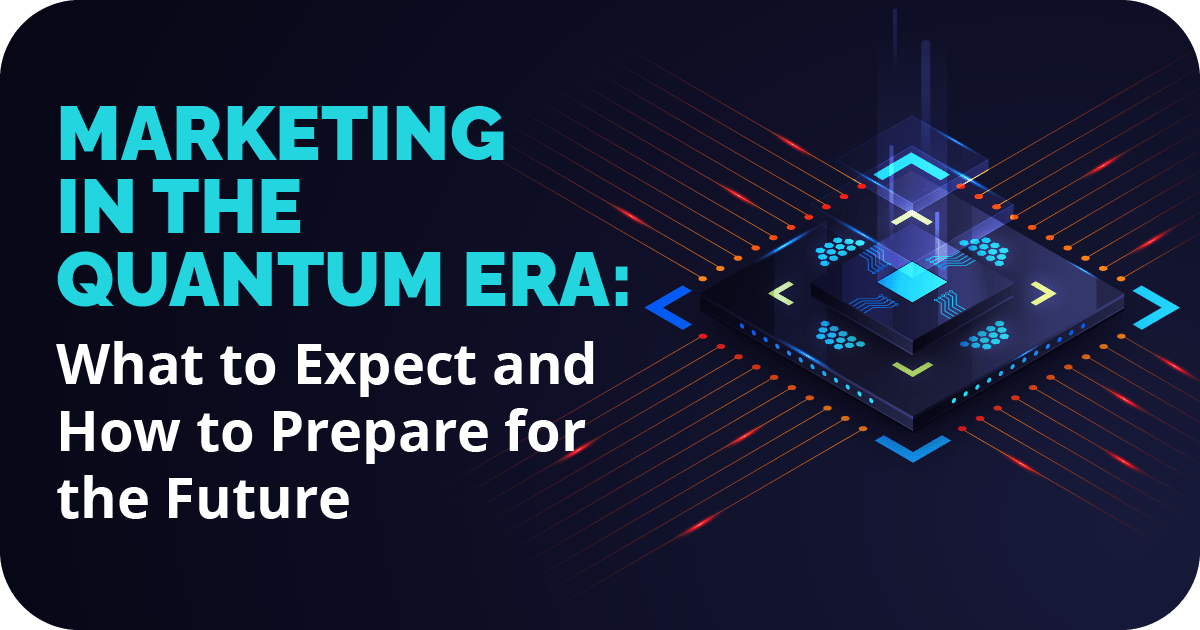
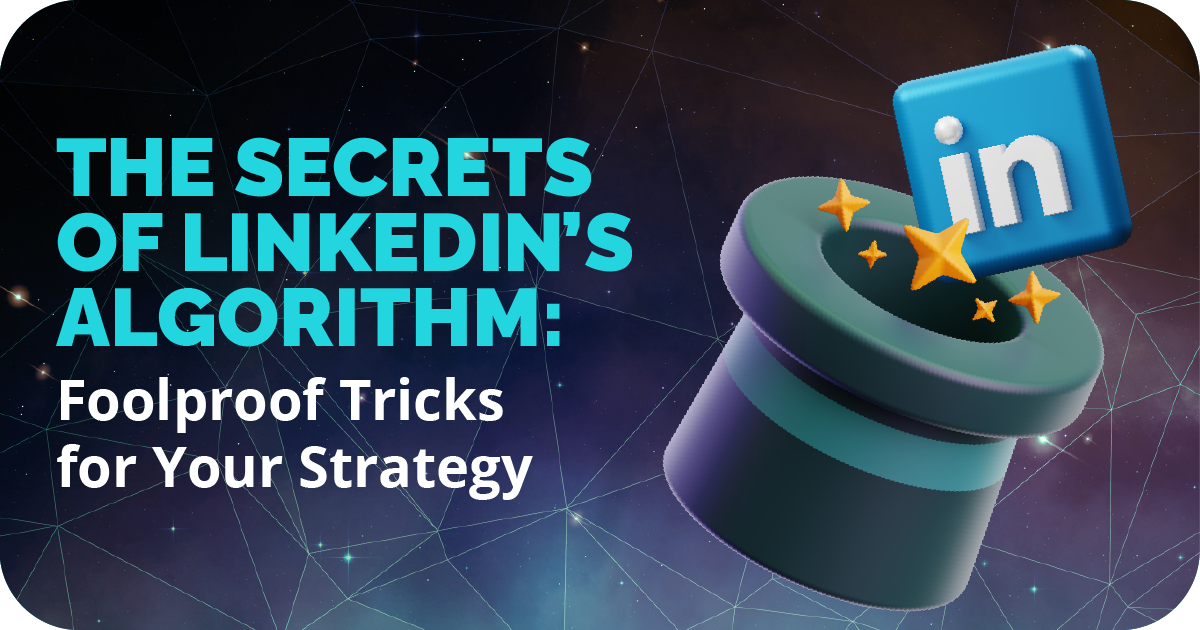
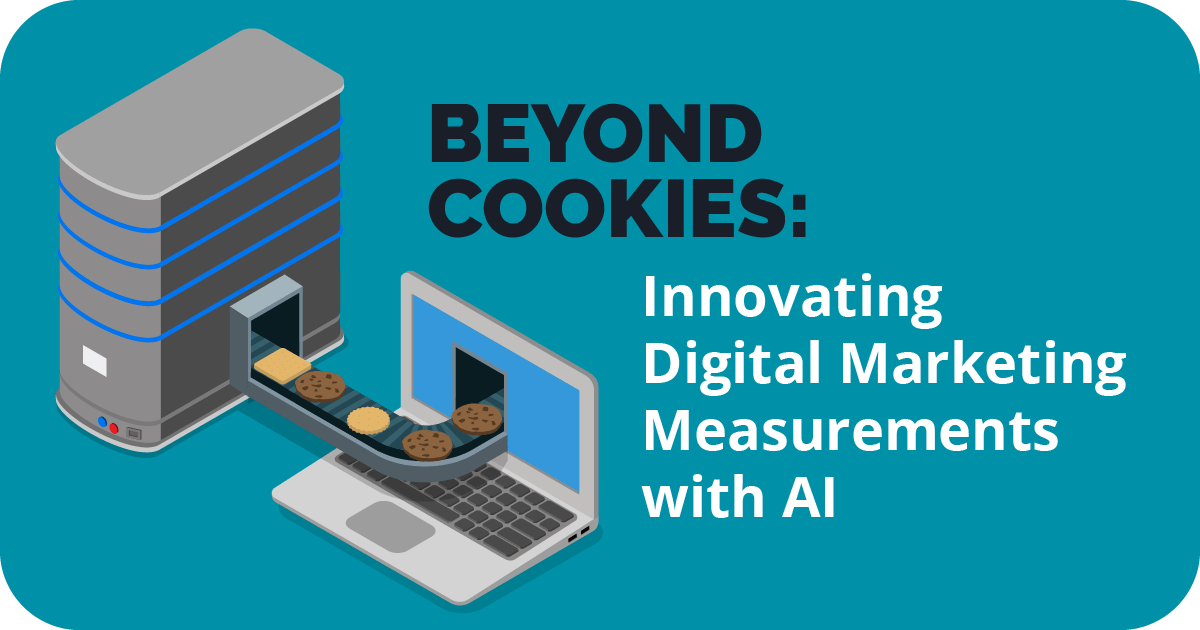
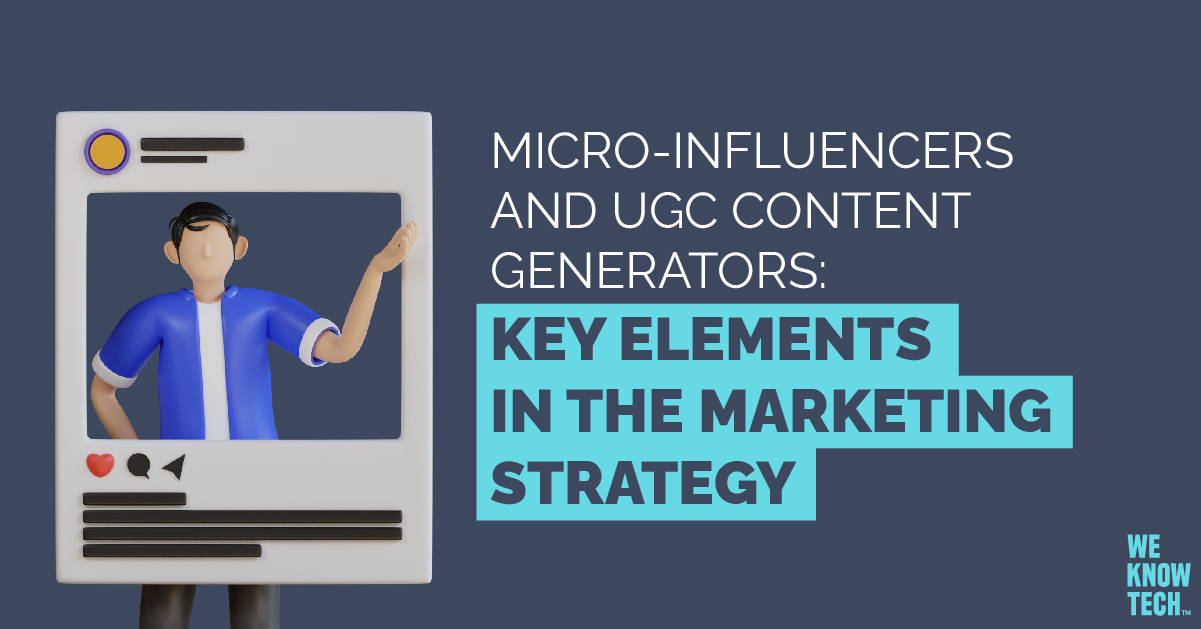
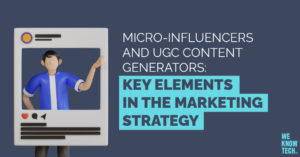










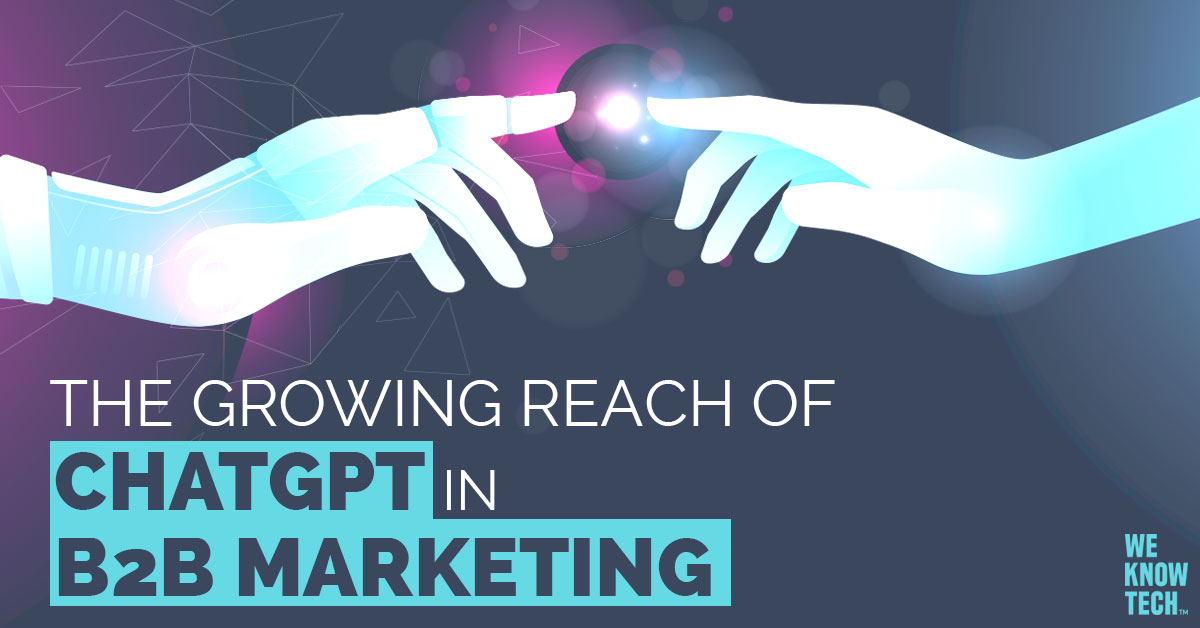
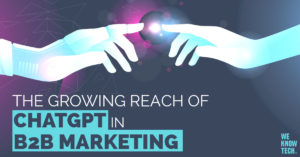






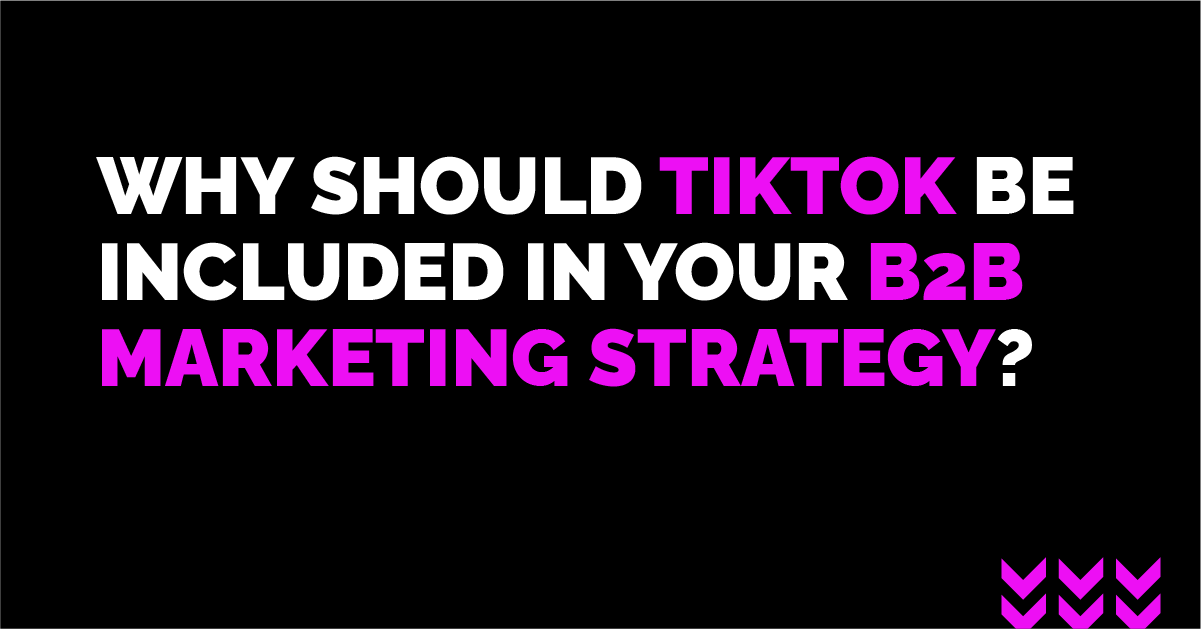
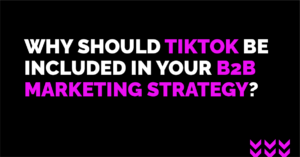





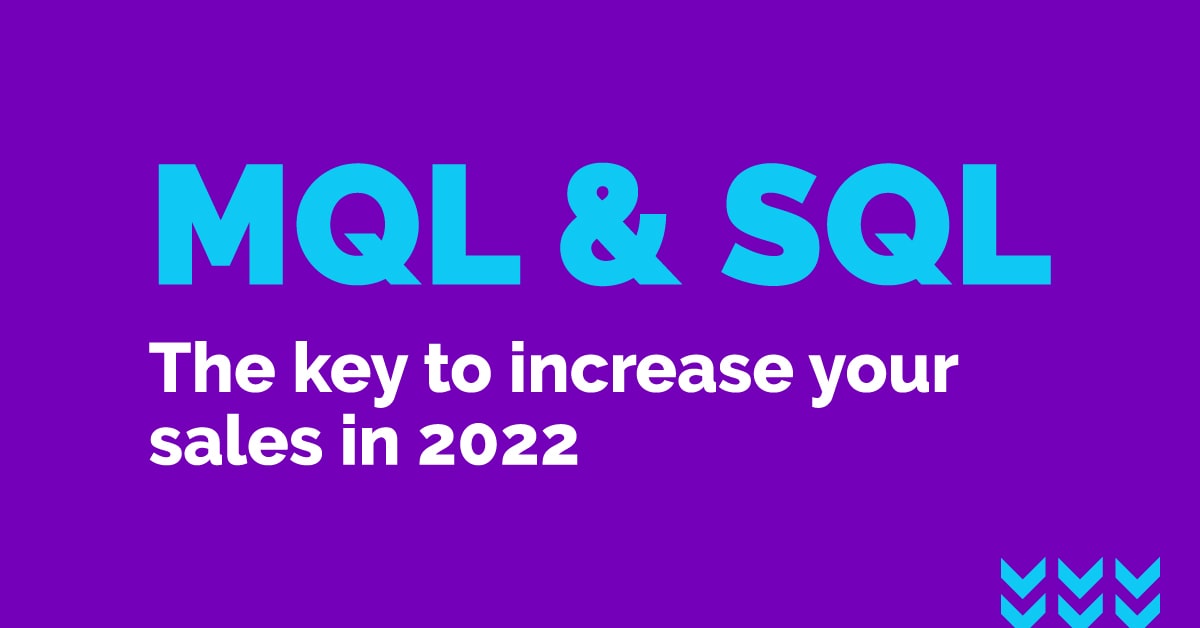
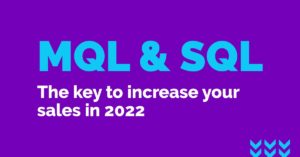 Lead generation is the basis of inbound marketing strategies (a commercial methodology that seeks to attract customers by creating valuable content.) However, not all leads are the same, and the path between the moment a user shares their data with us for the first time and the point at which they are ready to exercise the purchase action. For lead generation to work, it is essential to identify two stages in the process: Marketing Qualified Lead (MQL) and Sales Qualified Lead (SQL).
Lead generation is the basis of inbound marketing strategies (a commercial methodology that seeks to attract customers by creating valuable content.) However, not all leads are the same, and the path between the moment a user shares their data with us for the first time and the point at which they are ready to exercise the purchase action. For lead generation to work, it is essential to identify two stages in the process: Marketing Qualified Lead (MQL) and Sales Qualified Lead (SQL).